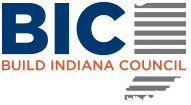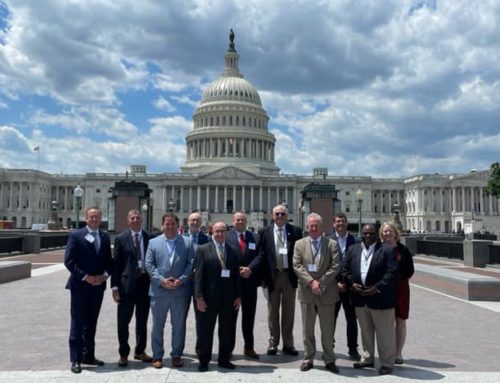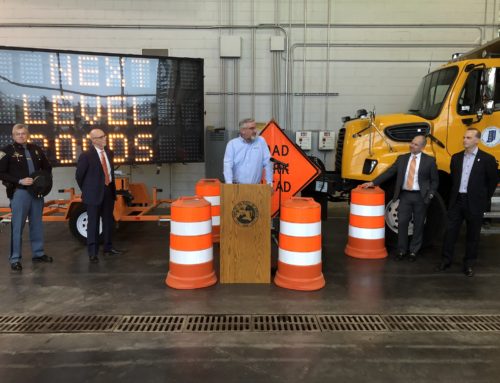Electric vehicles and their likely effect on the way Indiana chooses to fund future infrastructure improvements is becoming more prevalent on lawmakers’ radars.
With the federal infrastructure package, Indiana is in line to receive $20 million annually for a new formula-based Electric Vehicle Charging Infrastructure program. That influx of funding reignited a conversation roads and bridge advocates have had for years: How do we provide long-term, sustainable funding for the Crossroads of America – heavily reliant on gas and diesel taxes – in a marketplace where vehicles are becoming more fuel efficient?
In 2017, when lawmakers passed historic funding increases for state and local roads and bridges, a portion of the funding came from the modernization of user fees for electric and hybrid vehicle owners. Four years later, the Build Indiana Council team is already laying the groundwork for the 2023 legislative session when lawmakers will write a new, two-year state budget, and road funding talks will undoubtedly arise.
As innovations come online by the day, legislative leaders have routinely asked state and industry groups to explore ways Indiana can adapt to the electric vehicle market. Recently, House Speaker Todd Huston called on Indiana to keep up with the transition to electric vehicles to stay on par with other areas of the country. In an interview with the Indiana Lawyer, Speaker Huston called on policy leaders to be “nimble and proactive” in addressing the emerging technology.
Embracing the EV industry also is coming from Indiana’s chief administrator.
This fall, Gov. Eric Holcomb joined a five-state pact to build an electric vehicle charging network across neighboring Midwestern states. At the time, Gov. Holcomb said he wanted to “futureproof” Indiana’s transportation network by addressing the infrastructure required to meet the rapid adoption of electric vehicles. And he’s leading the charge of putting those concepts into reality. The Indiana Department of Transportation is partnering with Purdue University to develop the first contactless wireless-charging concrete pavement highway segment.
Sounds Jetsonian? It isn’t.
Click here for an article explaining magnetizable concrete and what it means for the state.
With EV technology expected to play a more dominant role in infrastructure funding talks going forward, the BIC team is staying on top of innovations and what they could mean for our members.
We also would love to hear how your company interacts with EV technology. Please don’t hesitate to reach out to BIC Executive Director Brian Gould at [email protected] with insight!


